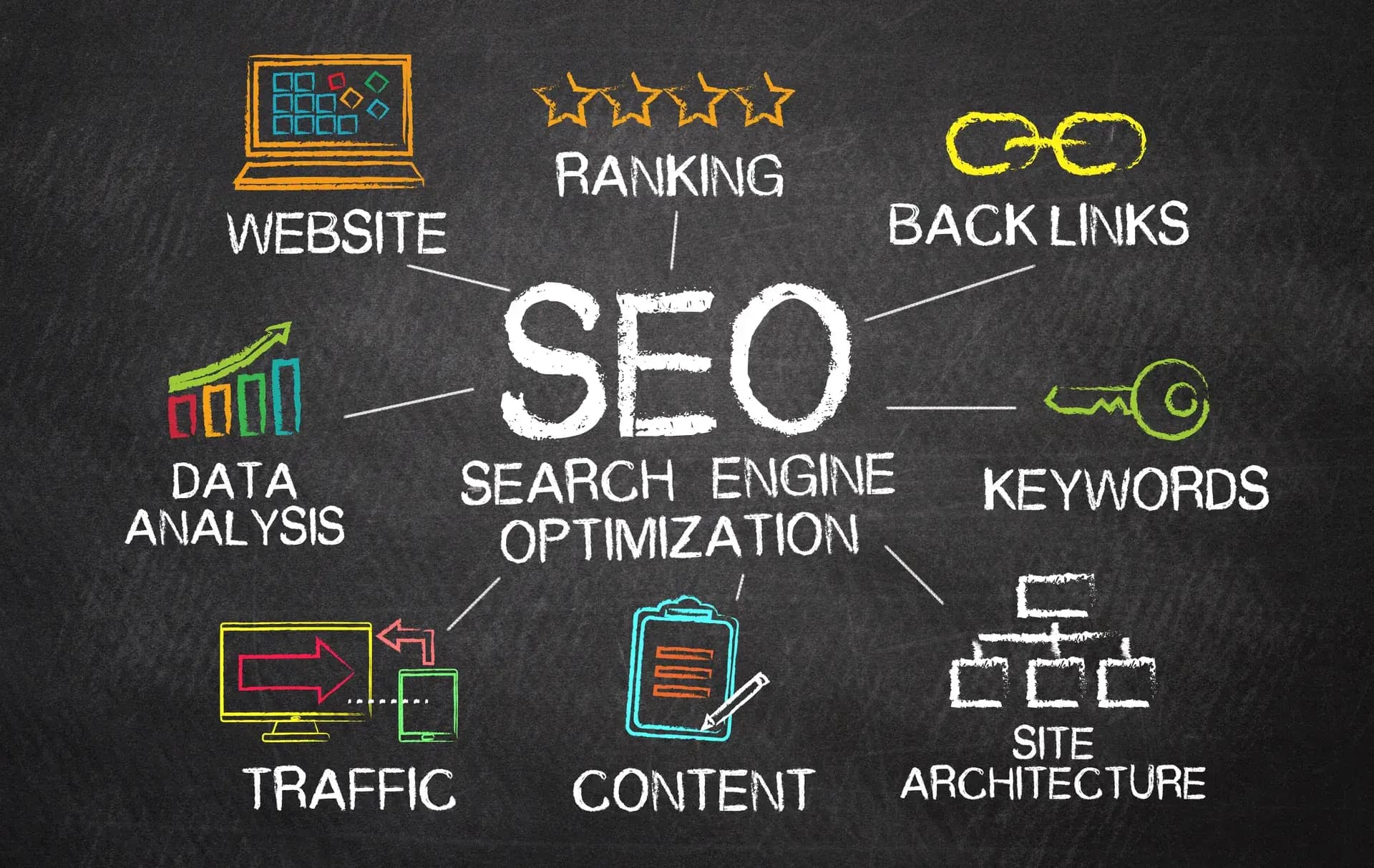An effective on-page content strategy is vital for enhancing your website's SEO performance. In this post, we'll break down the key components of a successful on-page content strategy, covering everything from keyword selection to content structure. By implementing these best practices, you can improve user engagement, lower bounce rates, and secure higher search engine rankings.
What is On-Page Content Strategy?
An on-page content strategy refers to the tactics and best practices employed to optimize each webpage for both search engines and users. This strategy focuses on the content itself, including text, images, videos, and overall layout to ensure it's valuable and relevant to your audience.
Why On-Page Content Matters
On-page content is crucial because:
- Enhances User Experience: Quality content keeps visitors engaged and encourages them to explore your website further.
- Improves SEO: Search engines evaluate content relevance based on keywords and structure, influencing your page rankings.
- Increases Conversions: Engaging content can lead to higher conversion rates as users find exactly what they're looking for.
1. Conducting Keyword Research
Identify and target relevant keywords that align with your audience's search intent. Use tools like Google Keyword Planner or SEMrush to discover both short-tail and long-tail keywords that can drive traffic to your site.
2. Crafting High-Quality Content
Your content should be informative, engaging, and useful. Consider the following best practices:
- Unique Value Proposition: Clearly articulate what makes your content different and why readers should choose your page over others.
- Readable Formatting: Use headings, bullet points, and short paragraphs to enhance readability.
- Include Visuals: Adding images, infographics, and videos can help explain your points and keep readers interested.
3. Optimizing Content Structure
The structure of your content plays a significant role in SEO. Follow these guidelines:
- Title Tags: Craft compelling and descriptive title tags that include your primary keyword.
- Meta Descriptions: Write concise meta descriptions that summarize the content and include keywords to entice clicks.
- Header Tags: Use H1, H2, and H3 tags appropriately to organize your content hierarchically.
4. Internal Linking
Link to other relevant pages within your website to enhance user navigation and signal to search engines the context of your content. This practice can improve dwell time and reduce bounce rates.
5. Keep Content Updated
Regularly updating your content ensures it remains relevant and accurate. Fresh content can increase your chances of ranking higher in search results.
Conclusion
Implementing a robust on-page content strategy is essential for maximizing your website's performance in search engines. By focusing on keyword research, crafting high-quality content, optimizing structure, using internal links, and keeping your content updated, you can significantly enhance both user experience and SEO rankings. At Prebo Digital, we are committed to helping businesses develop effective content strategies that drive results. Contact us today for tailored solutions to boost your online presence!







